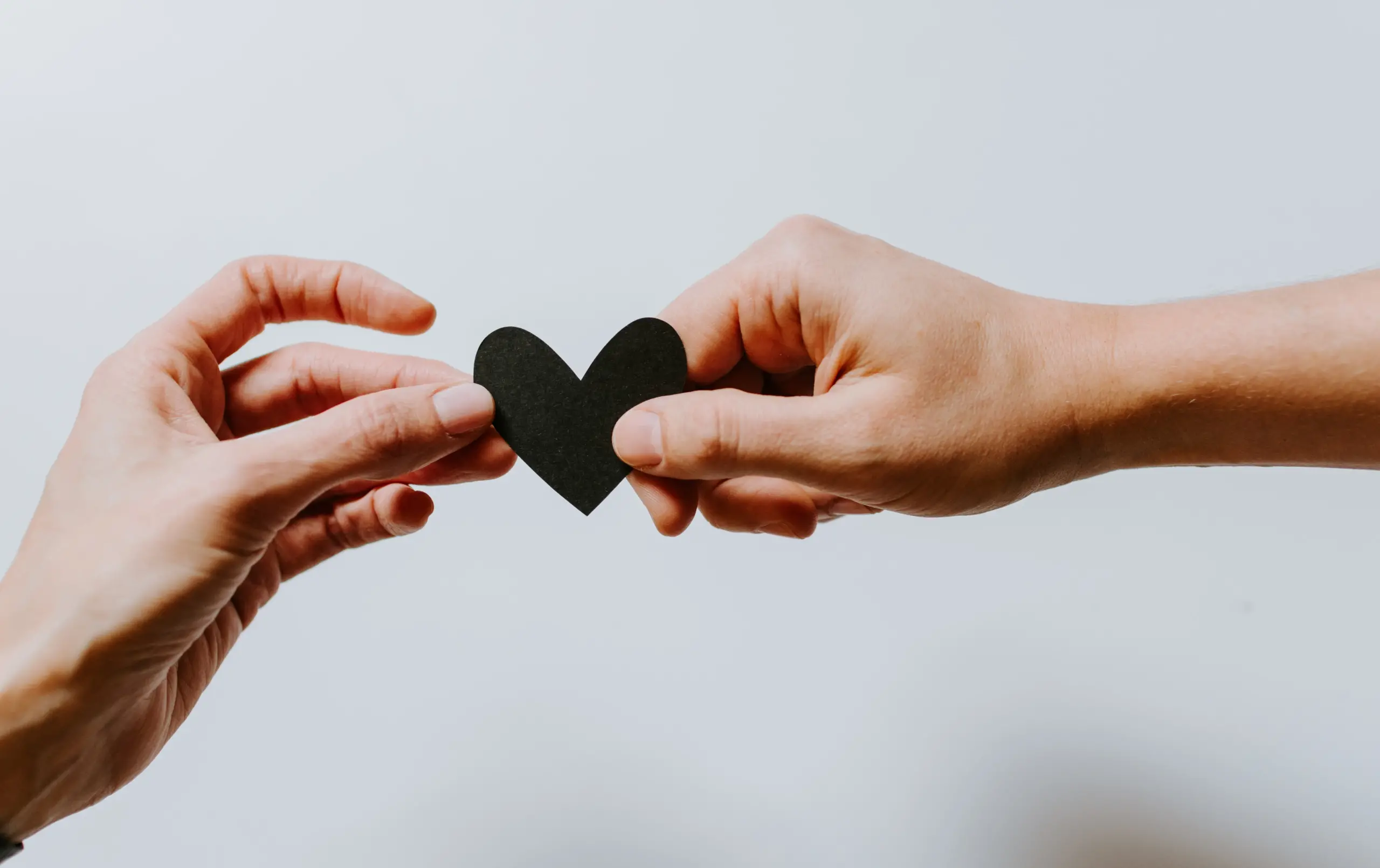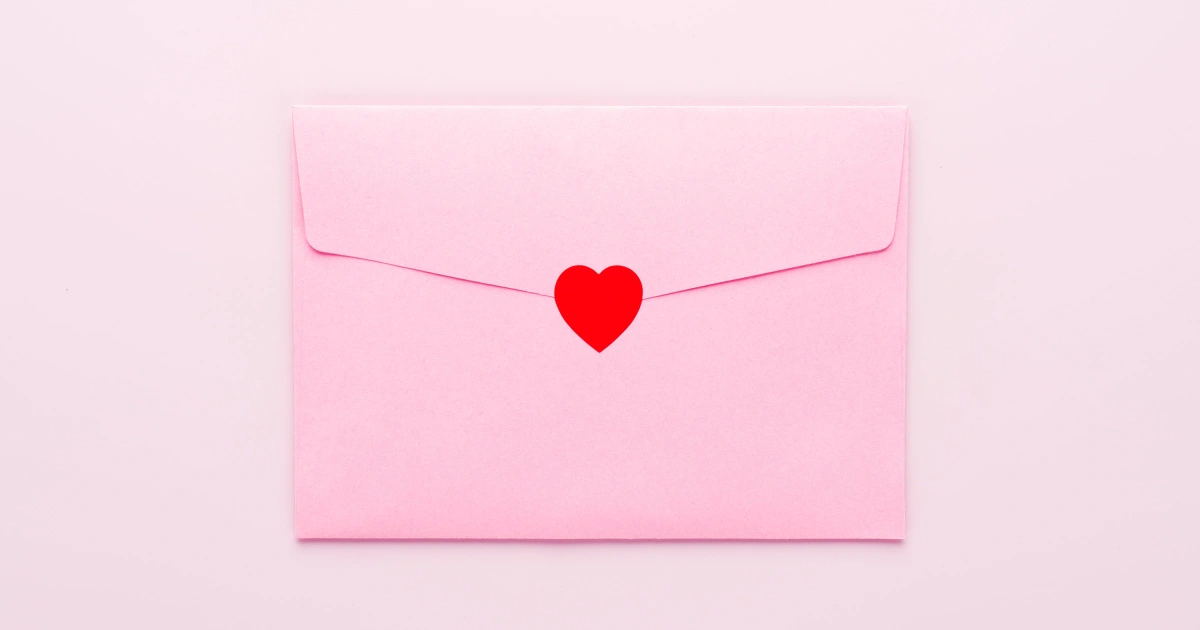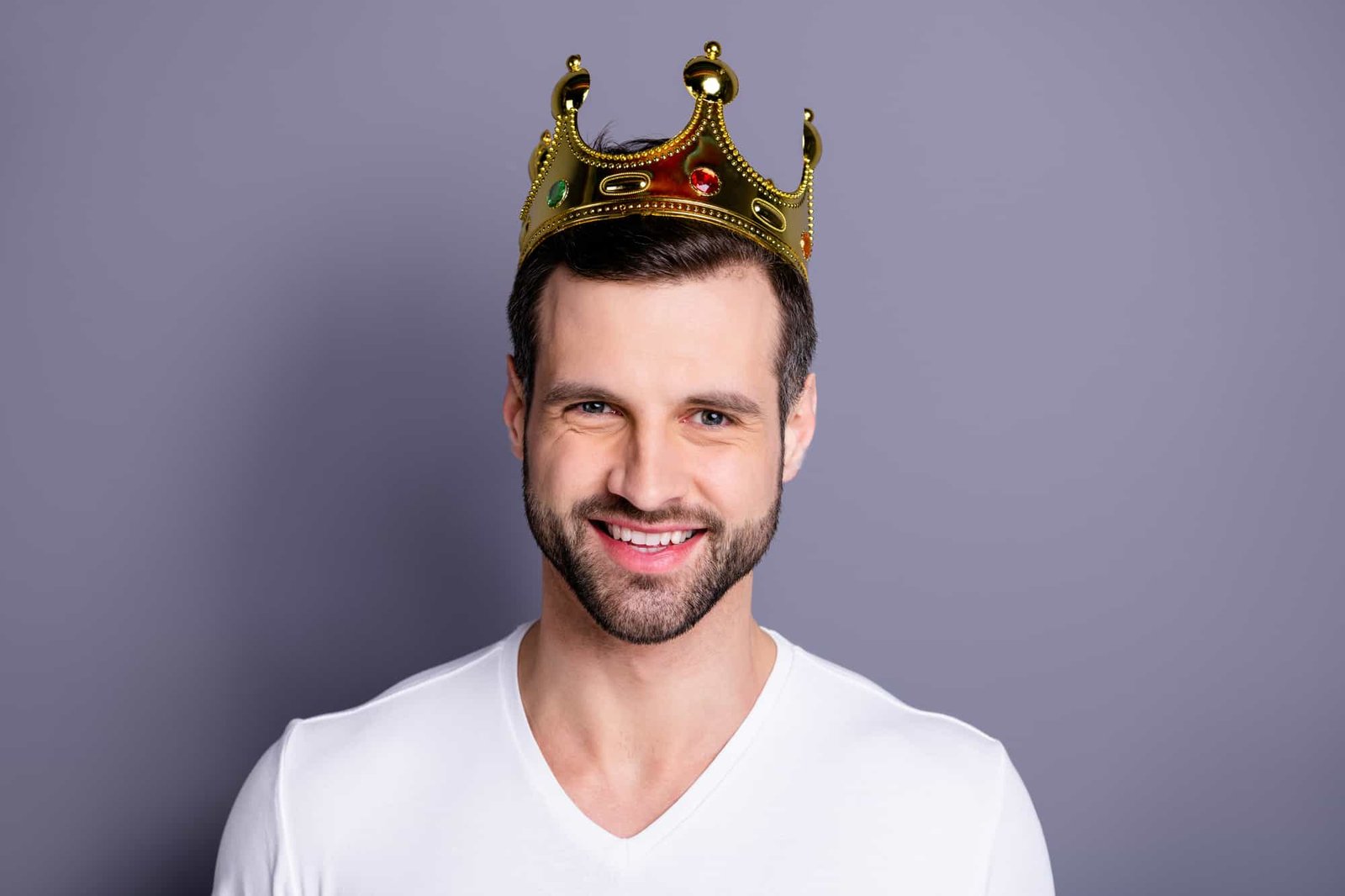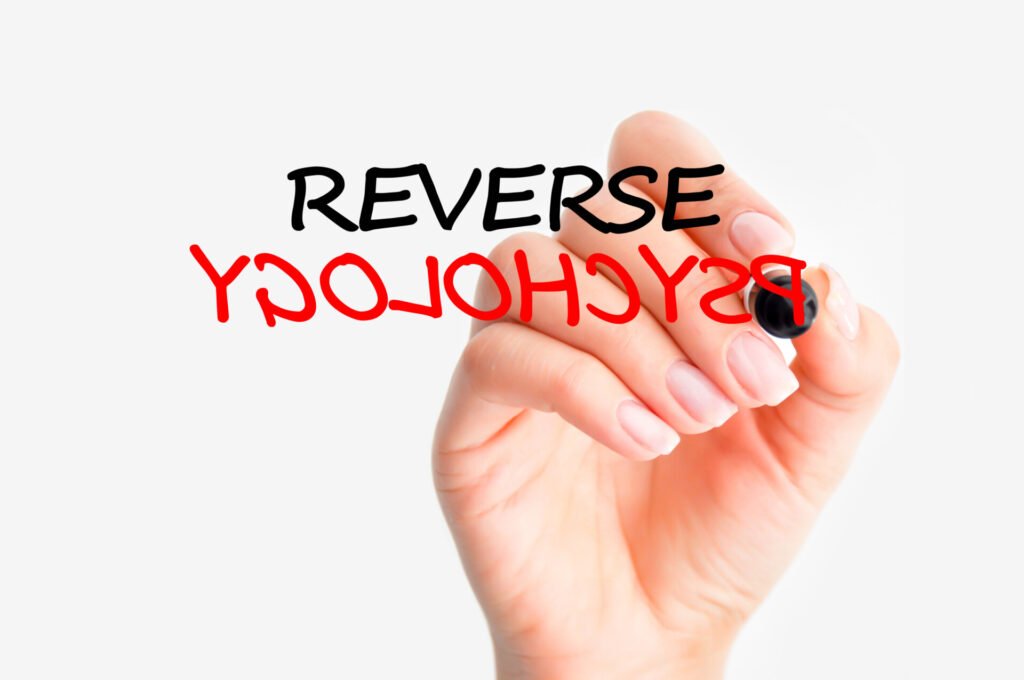
Imagine a dance. Whether it’s a tango, waltz, or a salsa, every participant knows their part. They have a role. They know when to step forward, when to take a step back, and when to move side by side with their partner. These roles aren’t shackles, but choreographies that lead to a harmonious performance.
In much the same way, relationships too are an intricate dance of roles. This dance, yet, is not always as well-defined, often leading to missteps that may disrupt the rhythm.
Roles play a big part in relationships. They’re like the unseen currents in a sea full of relationships; they guide the way, change the wave heights, and decide if the trip is smooth or tough.
Roles, whether we know it or not, whether they’re talked about or not, help determine how two people get along with each other.
Evolving Perspectives on Relationship Roles
In any relationship, roles are like the parts we play to help make our shared life journey happen. They are the jobs, tasks, and behaviors that each person takes on in the relationship.
Each role can be different, showing the unique mix of personalities, experiences, expectations, and needs in the partnership.
Roles in relationships are complex and can be split into different parts. These can include emotional roles, money roles, household roles, and decision-making roles, among others.
Emotional roles are about how each partner supports, comforts, and talks to the other about feelings. This could be listening when times are tough or celebrating when good things happen. Money roles, on the other hand, are about who handles budgeting, who earns most of the money, or how money decisions are made.
Household roles could relate to who does the cooking, cleaning, or maintenance tasks. Or if children are involved, who takes them to school or helps with homework.
Decision-making roles can be about who tends to start plans or make major decisions about things like holidays, housing, or future planning.
However, it is important to note that these roles are not set in stone. They aren’t a strict choreography where one misstep spells disaster. In reality, they have a fluidity that allows them to evolve over time, much like the relationship itself.
As partners grow and change, so too can the roles they play. Factors such as changes in employment status, the arrival of children, shifts in health, or simple personal growth can all lead to adjustments in the roles we play in our relationships.
Therefore, acknowledging, understanding, and discussing these roles is key to maintaining balance and harmony within a relationship. In the next section, we’ll look at why these roles are so critical to the health of our relationships. Stay tuned!
Exploring the Importance of Roles within a Relationship
Have you ever pondered why roles in a relationship are so significant? Or what their core purpose may be? At the very heart of it, roles serve to organize and streamline the functioning of a relationship.
They help create a sense of order, establish expectations, and manage the complexities inherent in sharing a life with another human being.
In simple terms, roles help keep things steady and organized. They’re like a well-practiced dance, helping each person know what they’re supposed to do and what to expect from the other person.
This set routine helps things flow smoothly in the relationship, like a beautifully coordinated dance.
Roles aren’t just about splitting up tasks; they’re important for good communication, working together, and understanding each other better.
When roles are clear, there’s less chance for mix-ups. For instance, if we know who’s supposed to pay the bills or take out the trash, these jobs are less likely to be overlooked or cause arguments.
So, roles don’t just help manage the shared parts of a relationship. They also help each person grow and feel fulfilled within the partnership. Understanding and valuing the importance of roles can lead to better relationships and personal happiness.
But what happens if roles become too strict or don’t match our expectations or personal growth? Stick around as we explore how roles can change in the next part.
The Influence of Cultural and Societal Expectations
As we learn more about our roles in relationships, it’s important to understand the larger world we live in, which is like a big dance hall—our society and culture.
These bigger settings have their own rules and customs, which can affect how we see and define our roles in relationships.
Think of society and cultural norms as the backdrop for our relationship dance. They tell us, either directly or indirectly, how we should behave and even who should take the lead. For example, old-fashioned roles might suggest men should earn the money and women should take care of the house and children.
While these ideas are changing, they can still impact what we expect and assume about roles in relationships.
Hence, it is crucial to navigate this dance with open dialogue and negotiation of roles. This is not about rebelling for the sake of rebellion, nor is it about conforming for the sake of comfort. It’s about fostering a relationship that allows both partners to flourish.
Partners need to talk about their expectations, comfort zones, desires, and strengths. This open dialogue enables a negotiation of roles that ensures compatibility and fulfillment within the relationship, rather than a strained compliance with societal expectations.
In a way, this is like choreographing your own dance rather than following someone else’s steps. It’s about creating a unique performance that reflects the unique combination of individuals in the relationship, rather than a routine that echoes societal norms without considering personal compatibility.
In essence, while societal and cultural norms can provide a starting point, it is vital to adapt these roles to suit the individuality of the relationship and the people within it. In the following section, we’ll explore how roles can change over time and how to navigate this shift. Stay with us as we continue this exploration of roles in relationships!
Role Conflict and Resolution
As in any complex dance, missteps can occur. In the dance of relationships, these missteps often manifest as role conflicts.
Role conflicts can arise from a variety of sources. It might be due to differing expectations of who should do what, dissatisfaction with the current division of responsibilities, or a desire for change that isn’t shared by the partner.
Unresolved role conflicts can lead to tension, dissatisfaction, resentment, or even rupture within a relationship. They might erode the mutual respect, harmony, and affection that are essential to a thriving partnership.
These potential consequences underline the importance of addressing role conflicts promptly and effectively.
So, how can we resolve role conflicts? The first step is recognizing and acknowledging the conflict. Open and honest communication is key here.
Express your concerns and feelings, and be receptive to your partner’s perspective as well. Try to understand each other’s expectations, needs, and challenges of your roles.
Once the issues are on the table, engage in solution-focused discussions. Seek compromise rather than ‘winning’ the argument. Remember, the goal isn’t to emerge as the victor, but to find a solution that enhances the harmony and satisfaction within your relationship.
Consider seeking professional help if needed. Relationship counselors and therapists can provide invaluable insights and tools for navigating role conflicts and fostering healthier dynamics.
Moreover, reviewing your roles can also be beneficial. As individuals and circumstances evolve, roles may need to be adjusted to reflect these changes.
Regular check-ins can help ensure that roles continue to serve the relationship , rather than becoming sources of tension or dissatisfaction.
In the end, resolving role conflicts is about coming back into sync with your partner, adjusting your steps, and finding a rhythm that works for both of you. By doing so, you can keep the dance of your relationship graceful, satisfying, and enjoyable.
In the next section, we’ll explore how we can consciously adapt and evolve our roles over time, staying flexible and responsive to the changing rhythm of life and love. Let’s continue our dance!
Conclusion
In our study of roles in relationships, we’ve learned a lot about how partnerships work. We’ve come to see roles as the special jobs, tasks, and ways each person behaves that help keep a relationship going smoothly and stably.
We’ve also noticed how culture and society can shape what we expect these roles to be. We’ve found that it’s important to think about these expectations instead of accepting stereotypes.
Lastly, we’ve understood that conflicts can arise over these roles. We’ve highlighted how important it is to talk , negotiate, and make compromises to solve these conflicts and keep peace in the relationship.


